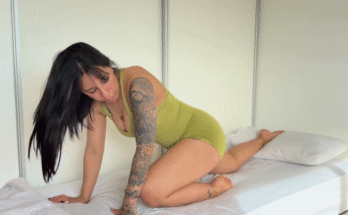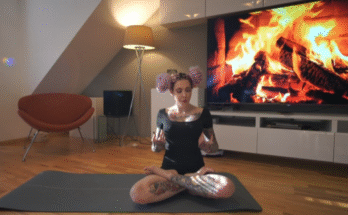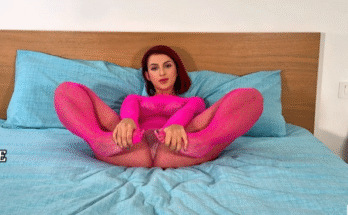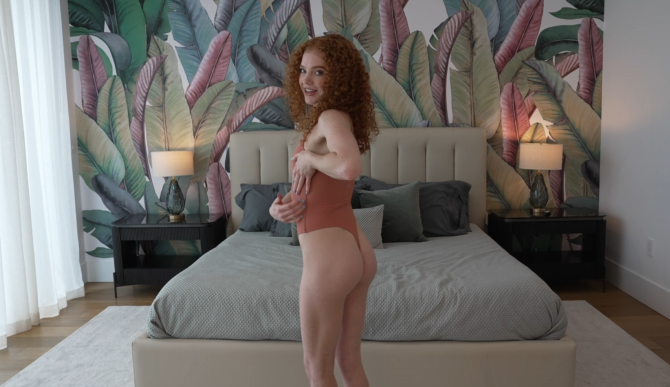
In the world of yoga, the journey through the body is often more than physical—it’s emotional, spiritual, and deeply restorative. One particularly calming and effective sequence flows from a simple Standing Forward Fold (Nose to Knee) to a gentle Happy Baby Pose. This movement, though seemingly basic, opens up a path to self-awareness, emotional release, and physical renewal. Whether you’re a beginner or a seasoned yogi, exploring this journey from nose to knee to happy baby can help you rediscover your body’s rhythm and reconnect with inner peace.
Starting with the Breath: The Foundation of Flow
Before you even move, bring your attention to your breath. Find a comfortable seated position or stand at the top of your mat. Begin with three deep, conscious breaths. Inhale through the nose, feeling the belly expand. Exhale slowly through the nose or mouth, releasing any tension you’re holding.
This mindful breathing signals your body to shift from stress to calm, from thinking to being. With every breath, you’re telling your nervous system: “It’s okay to soften. You’re safe here.”
Nose to Knee: Folding into the Present
Standing Forward Fold (Uttanasana) is a foundational pose in yoga that brings you face to face with the earth—and often, with your own thoughts. As you fold forward, letting your upper body hang toward your legs, the intention is not to force your nose to your knees, but to gently release the spine, stretch the hamstrings, and calm the mind.
How to do it:
- Start in Mountain Pose (Tadasana) at the top of your mat.
- Inhale, sweep your arms overhead.
- Exhale, hinge at the hips and slowly fold forward, keeping the spine long.
- Let your head and arms hang heavy. Soften your knees if needed.
- Engage your thighs gently to protect your lower back.
- Breathe here for 5–10 deep breaths.
This posture decompresses the spine and invites the release of mental tension. Symbolically, it’s a bow to the present moment—a surrender of ego, control, and the mental chatter that clutters your day.
To deepen the stretch and connection, visualize your nose gently reaching toward your knees, not in a forceful way, but as an act of quiet devotion. This gentle gesture helps you inwardly reflect, setting the tone for the nurturing postures to come.

Transitioning Through the Body: Flowing with Intention
After holding your forward fold, slowly rise halfway up on an inhale into Ardha Uttanasana (Half Lift), placing your hands on your shins or thighs. Then exhale, fold again. Repeat once or twice to awaken the spine and deepen your hamstring stretch.
From here, bend your knees and come to a seated position on the mat. Slowly lower yourself down to your back, one vertebra at a time. Hug your knees into your chest and gently rock side to side. This motion soothes the lower back and invites you into a more restorative state.
This moment between effort and surrender—between nose to knee and happy baby—is where the magic happens. You’ve moved from a grounded, introspective position to a space of emotional safety and openness.
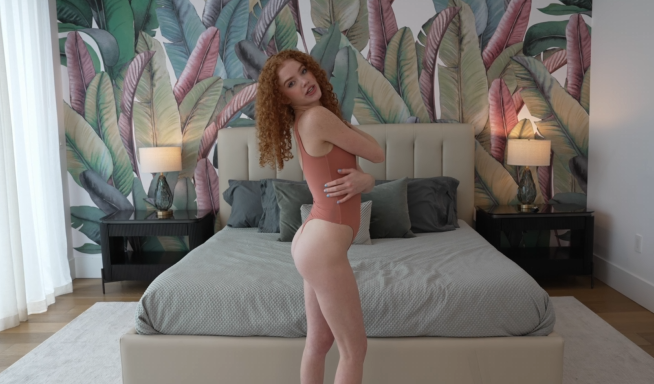
Happy Baby: Joyful Release and Inner Child Connection
Ananda Balasana (Happy Baby Pose) is a playful yet deeply therapeutic pose. It invites both a physical opening of the hips and a symbolic return to innocence and contentment. In this posture, we revisit the pure, unfiltered joy of infancy—the comfort of being held, the freedom of movement, and the absence of shame or judgment.
How to do it:
- Lie on your back.
- Hug your knees toward your chest.
- Open your knees wider than your torso.
- Reach up and grab the outer edges of your feet, ankles, or shins.
- Flex your feet and gently pull your knees down toward the armpits.
- Keep your spine flat against the mat; avoid lifting your tailbone.
- Gently rock from side to side if it feels good.
- Stay here for 5–10 deep breaths.
Happy Baby is an invitation to play, to unwind, and to let go of the “shoulds” and expectations of adult life. It encourages emotional openness and relaxation in the hips, where many of us carry stress and unspoken emotions.
Physically, it works wonders on the inner groin, hamstrings, and lower back. Energetically, it connects us to Svadhisthana (the sacral chakra)—our center of creativity, pleasure, and joy.
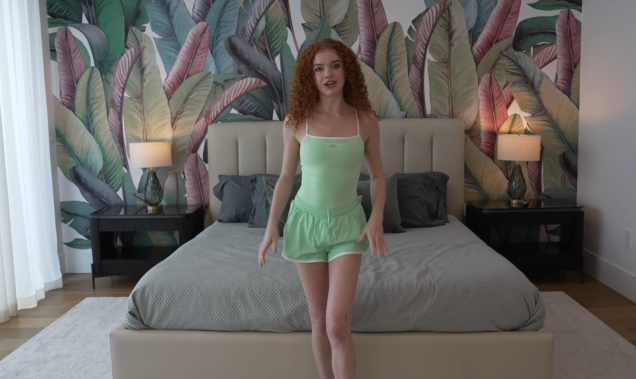
Modifications and Mindful Tips
Tight hamstrings or hips? No problem. Use a strap around your feet or hold onto your thighs instead of your feet. Bend your knees in forward folds to avoid strain. Always listen to your body over your ego.
Pregnant or dealing with lower back issues? Happy Baby can be modified or replaced with a gentle reclined Bound Angle Pose. Forward folds can be done with legs wider apart or with a bolster for support.
Remember, yoga is not a performance—it’s a conversation with your body. Some days your nose may not get anywhere near your knees, and that’s okay. Some days you might feel more like a tired baby than a happy one—and that’s okay too.
The Journey Within: Why These Poses Matter
The transition from nose to knee to happy baby is more than physical. It represents a metaphorical journey:
- From external achievement (standing, reaching, folding),
- To internal surrender (letting go, grounding),
- To pure joy and healing (happy baby, play, peace).
It’s a gentle reminder that we don’t always have to push, strive, or accomplish. Sometimes, the deepest work happens when we soften, when we breathe, and when we let ourselves be held—by the earth, by our breath, by the moment.
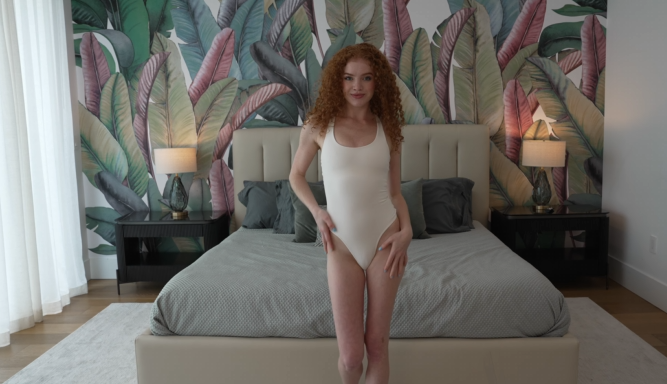
Closing the Practice: Gratitude and Stillness
Once you release from Happy Baby, take a moment in Savasana (Corpse Pose). Lay your arms and legs out, close your eyes, and allow your body to melt into the mat. This final rest seals in all the physical and emotional benefits of your practice.
Breathe deeply. Let your thoughts float away like clouds. Allow yourself to simply be.
When you’re ready, slowly rise, bringing your palms together at your heart. Whisper a thank you to your body—for showing up, for moving, for feeling. And perhaps offer gratitude for your inner child, who still seeks joy and comfort in life’s little moments.
Final Thoughts
The sequence From Nose to Knee to Happy Baby is a quiet celebration of the body’s wisdom and the heart’s softness. It’s a flow that requires no fancy inversions, no advanced strength—just breath, presence, and a willingness to explore the simple truths hidden in movement.
So the next time you step onto your mat, remember: even the most humble poses can carry the deepest lessons. From nose to knee to happy baby—this journey is yours, and it’s already enough.
